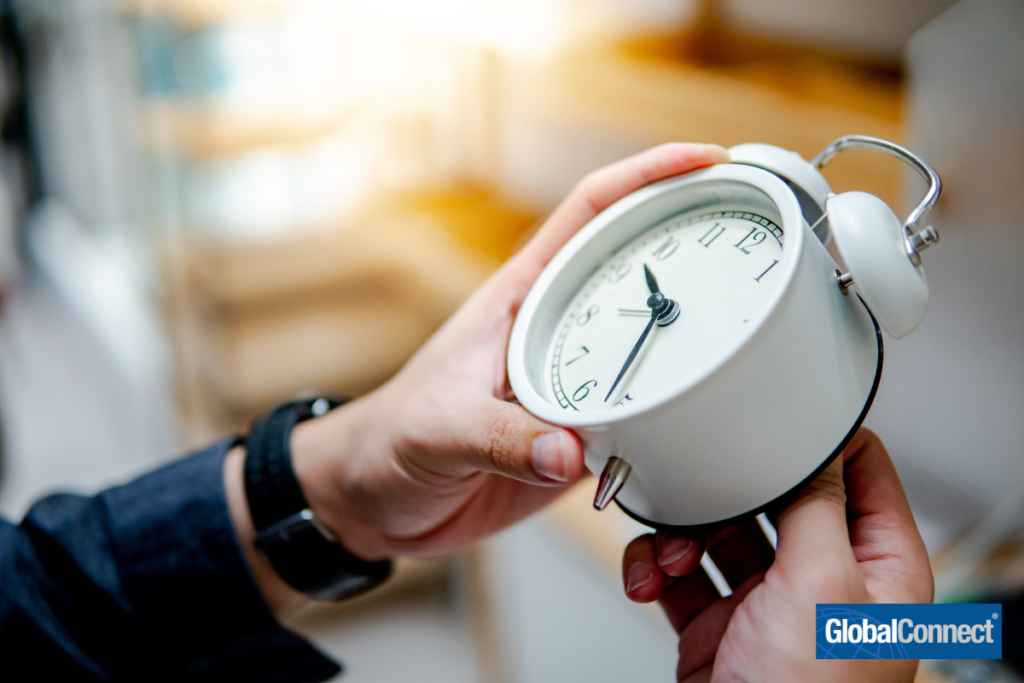“Spring forward…fall back.” “Spring forward…fall back.” When daylight saving time (DST) approaches, and we adjust our clocks for the time change, there are ways to make the shift a bit easier for those who find it a difficult transition.
Why Do We Have Daylight Saving?
In 1918, the US government implemented daylight saving time to conserve energy during World War I, and it has been used ever since. While DST is now observed in many parts of the world, some exceptions remain. In the US, Hawaii and most territories of Arizona do not acknowledge DST.
In the mid-1970s, President Nixon proposed a plan to keep daylight saving time year-round. Unfortunately, this caused unexpected consequences: students having to walk in the dark to school, people experiencing a drop in morale, and even an increase in student car accidents, which resulted in schools waiting to start classes until the sun came up.
In March 2022, the US Senate passed the Sunshine Protection Act to continue daylight saving time indefinitely. However, the bill has yet to be voted on or discussed in the House of Representatives.
How Does DST Affect Our Bodies?
Daylight saving time can affect people in much the same way jet lag does. Our bodies must adjust to the new schedule when we travel to different time zones. This can result in fatigue, insomnia, and difficulty concentrating. The same happens when we “spring forward” or “fall back.”
So why does this happen? One reason is that our bodies have what’s known as a circadian rhythm—an internal 24-hour clock that regulates things like our sleep-wake cycles and hormone production. The light-dark cycle is one of the primary cues that helps reset our daily circadian rhythm. When DST occurs, there is a sudden shift in the light-dark cycle, which can disrupt our circadian rhythm and throw off our sleep schedules.
What Can We Do To Prepare?
If you don’t already have a good sleep routine, daylight saving time can be a great reminder for you to start one. A consistent sleep schedule is important for maintaining a healthy circadian rhythm. The more consistent your sleep, the easier your body can adjust to daylight saving time.
If you already have a good sleep routine, you can gradually push your bedtime forward so that when DST starts, you will already be ahead of the clock. For example, if you usually go to bed at 10 p.m., going to bed at 9:45 p.m. for the week leading up to DST will help ease your body into the time change so you don’t feel too exhausted come Sunday morning.
Don’t just focus on adjusting your bedtime. Work on adjusting your mealtime schedules as well. If you usually eat dinner at 6 p.m., try eating at 5:45 p.m. for the week leading up to DST so your body can gradually get used to the new schedule instead of all at once.
Be sure to adjust your schedule slowly so your body has time to get used to the new schedule gradually instead of all at once, and you will be prepared to adjust to daylight saving time when it comes.
